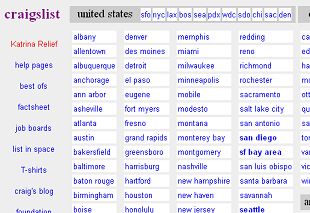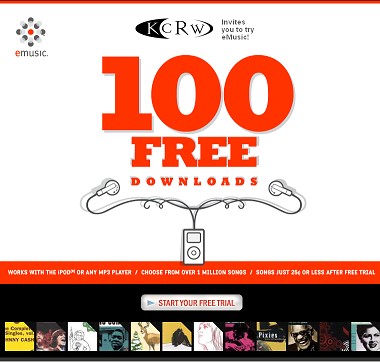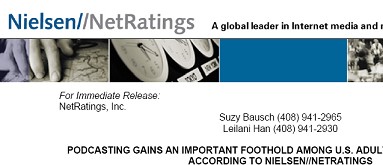 The local public TV station aired a documentary this week titled “Pioneers of Primetime.” There was an interesting point made by one of the talking heads: Milton Berle sold TVs. He even joked that he had sold more TVs than RCA. People bought TVs not because they wanted a huge tube-powered fire hazard in their living rooms. They bought them because they wanted access to good old Uncle Milty. Before 1948 there were fewer than 500 sets — the same year Berle went on the air. By 1954, there were 26 million.
The local public TV station aired a documentary this week titled “Pioneers of Primetime.” There was an interesting point made by one of the talking heads: Milton Berle sold TVs. He even joked that he had sold more TVs than RCA. People bought TVs not because they wanted a huge tube-powered fire hazard in their living rooms. They bought them because they wanted access to good old Uncle Milty. Before 1948 there were fewer than 500 sets — the same year Berle went on the air. By 1954, there were 26 million.
On his Hear 2.0 blog, Mark Ramsey points out what is wrong with the new HD Radio campaign. As Ruth Seymour, General Manager at KCRW in Santa Monica recently pointed out, “Content is king.” There is little in the new HD Radio campaign that points to this fact, and Ramsey rightly laments it. The claim of “Hey, we’ve got some stuff!” is not going to cut it for most folks.
We’ve got neither Milton Berle nor the luxury of that brand-new post-WWII media landscape. But we do have the lessons learned of things like AM Stereo and Quadraphonic LPs. The focus needs to be on what listeners can hear, the content — not on the specifics of the equipment. Leave that up to the electronics retailers.






